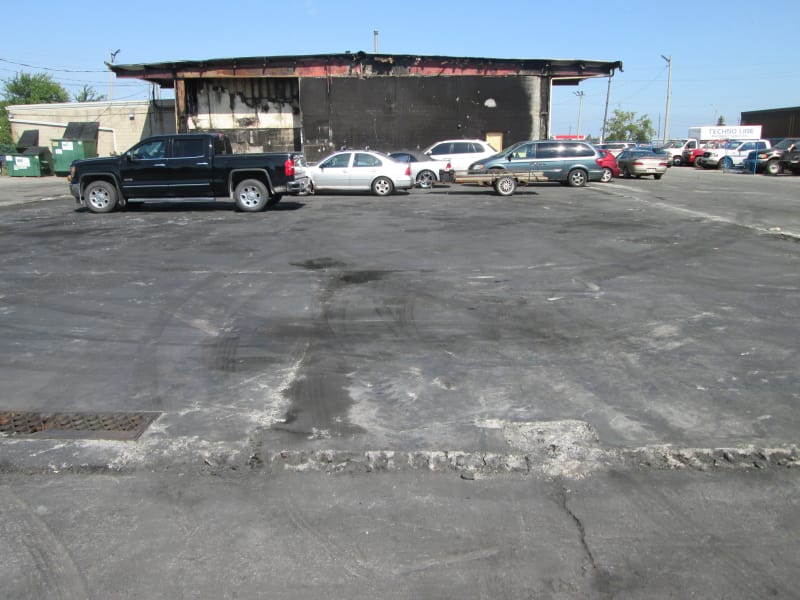PRE EIT
Structural
- Jul 16, 2018
- 2
Hi I am working on a building that was destroyed by a fire. The building was a garage that had a ton of oil drums in it. Anyways the slab is in very bad shape and i'm assuming it isn't all pre-existing. What is the best way to go about leveling out / repairing the slab?


